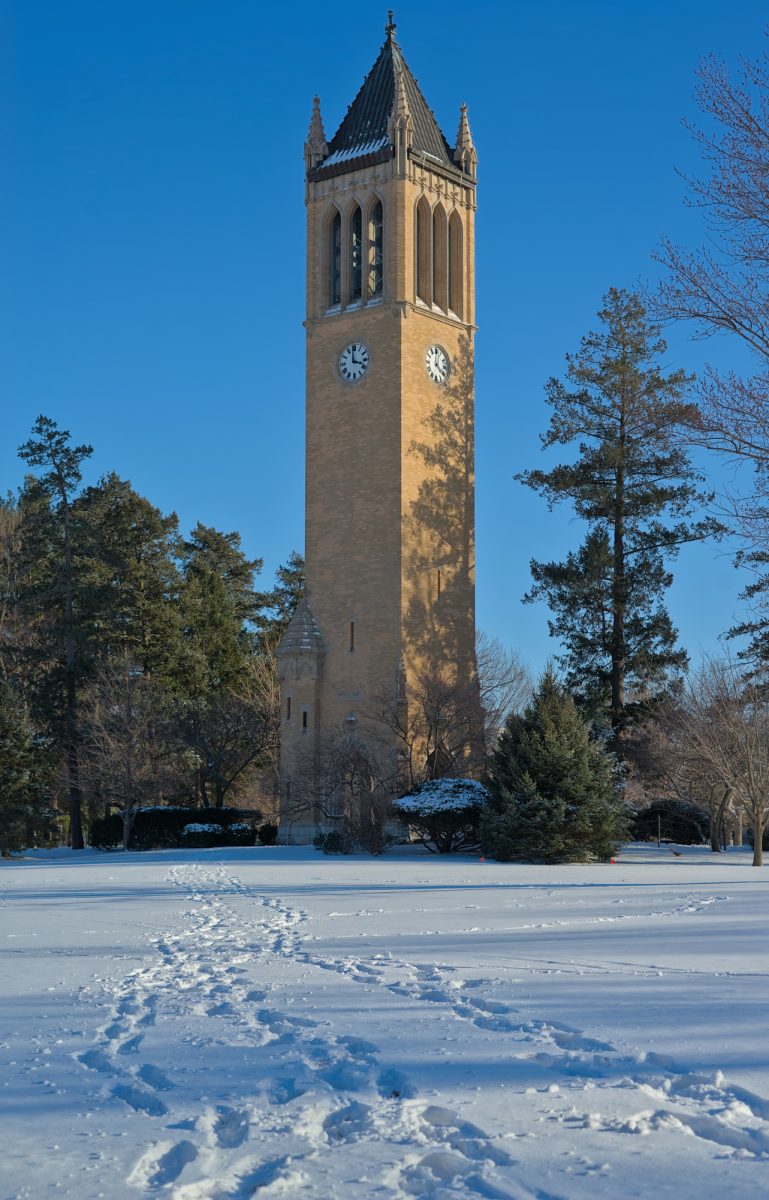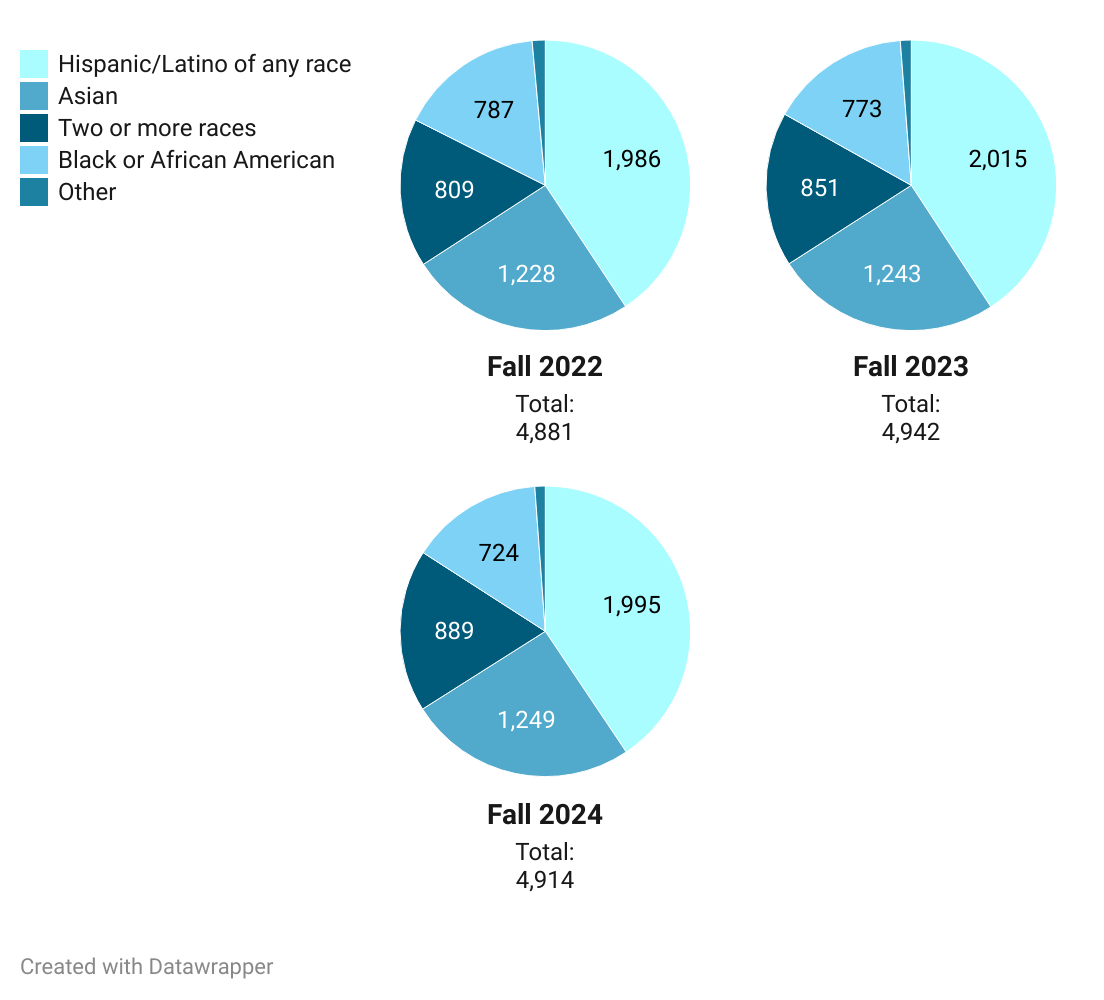- App Content
- App Content / News
- News
- News / Politics And Administration
- News / Politics And Administration / City
“Complete streets plan” attempts to improve access and comfort on Ames streets
June 18, 2018
The city of Ames has been looking for ways to standardize road construction efforts in a clear, concise and efficient way.
With over a year of efforts by Toole Design Group and the help of engineers, community planners and public input, the “complete streets plan” is nearing its point of implementation.
The project was funded as a part of the 2017-18 Traffic Studies Capital Improvement Project and will facilitate the development of a plan that will make all forms of road travel in Ames consistent, safe and accessible.
Within its first year of planning, the project has developed eight new classifications for Ames streets that will help future development or redevelopment within the Ames street network.
These street types include neighborhood, industrial, shared, mixed use street, mixed use avenue, avenue, thoroughfare and boulevard.
In addition to hoping the project standardizes street construction, the city hopes it can allow everyone to safely and conveniently travel around the community.
“The project will help reach multimodal needs and plan implementation strategies,” said Adam Wood, a senior planner with Toole Design Group.
These strategies vary between the different types of roads being constructed and the extent of the project.
Different considerations are made for project types including long range transportation plans, area and corridor plans, development and redevelopment, traffic and safety plans, utility projects and asset management.
“For example if the pavement is cracking in a certain area—asset management—we will have a different set of standards than the redevelopment of a whole road,” Wood said.
The plan also includes four categories for project types including major street projects, pavement improvement programs, street maintenance and pavement restoration, and developer-led street projects.
“The majority of our projects are going to be major street projects and pavement improvement programs,” Wood said.
Under the plan, there are multiple location specific considerations used before construction on a specific type of road can begin.
Areas like Campustown, Somerset Village and downtown, which have high building density, need roads that are especially accessible to people walking or by bike.
“Shared and mixed-use streets are most common in these areas for a more access oriented approach,” Wood said.
Other considerations, like how industrial, commercial, residential or urban an area is, play a large role in what type of roads will be constructed.
“In residential areas we have streets that are lower speed but have more access and mobility,” Wood said. “In many of the other areas we will have throughput oriented streets that are focused on moving traffic and getting as many people around as possible.”
Wood says this is not a one-size-fits-all approach. If an area is a mix of residential and commercial, for example, compromises will have to be made before construction starts.
“Avenues can intersect commercial, industrial and residential areas while a mixed-use avenue is more for activity centers and urban areas,” Wood said.
Throughput-oriented streets, like thoroughfares and boulevards, look to reduce intersections and driveways so traffic can move seamlessly. Under the plan, residential and commercial areas can have thoroughfares while residential commercial and industrial areas can have a boulevard.
To balance throughput and access, the city plans to use avenues and mixed use avenues. These streets can have transit, walking or biking to make travel more comfortable for Ames residents. Activity centers and urban areas can have mixed use avenues while residential industrial and commercial areas can have avenues.
If there is no clear definition for an area, or if a construction job takes place in a combination of two area types, Wood says there is a “priority list” for which type of road is built.
For example, if the city is deciding between a mixed use avenue or a thoroughfare they would have to look at the priority list to decide which one to use as neither street has a common area to be used in.
According to the City of Ames website, the final report will be released in summer 2018. The report will give the full parameters and standards for different street types.
For more information on the plan and its development go to www.CityOfAmes.org/completestreets.







